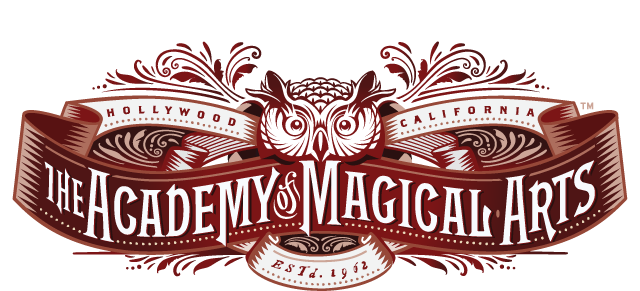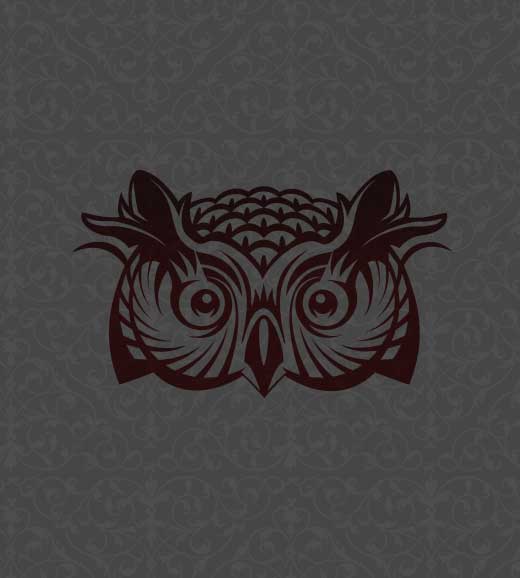Tickets are now on sale for our 2024 Awards Show!
CLICK HERE TO PURCHASEThe William W. Larsen Memorial Library
Zen and the Art of Stand-Up Comedy
Author/Editor: Sankey, Jay
Acknowledgments
Introduction
Chapter One – Stand-Up
Comedy and Laughter
What is Stand-Up Comedy?
Why Be a Stand-Up Comic?
Stand-Up Comics
Life on the Road
Being a Female Stand-Up Comic
Amateur Nights
Your First Time Onstage
Chapter Two – Writing
Where Do You Get Your Ideas?
The Power of Ideas
Expressing vs. Communicating
Clever vs. Funny
Absurdist Humor
Street Jokes
Why Should an Audience Care?
Surprise, Credibility, Truth, and Exaggeration
Does Every Joke Have a Victim?
Ideas vs. Experiences
What Is a Joke?
Be Specific (But Not Too Specific)
Gestures Replacing Words
Three: The Magic Number
Simple Is Better
Callbacks
Writing With Other People
Why Keep Writing
Joke Checklist
Chapter Three – Character
What’s the Difference Between a Comic and an Actor?
Magnifying Glass or Telescope
Why Not Just Be Yourself?
Character-Driven Material
Clothing
Chapter Four – Delivery
Should You Use Your Real Voice?
Experiment
Variety vs. a Uniform Style
Projection and Emotion
Swearing
Shock Comedy
Chapter Five – Performance
The Tools of the Trade
Show and Tell
Memory
Taking the Stage
Strength vs. Aggression
Whatever Doesn’t Add, Detracts
Breaking in New Material
Dealing with Nerves
Rehearsing
Props
Other Talents
Music
Chapter Six – Set Structure
To Segue or Not To Segue
Your First Joke
Nearing the End of Your Set
Your Set
Great Seats
Chapter Seven – Audiences
A Fish on the Line
Why Do Some Audiences Get Off the Bus?
Spritzing
Being an MC (Master of Ceremonies)
Hell Gigs
Surviving Hell Gigs
Hecklers
Bombing
Chapter Eight – Professional Stand-Up
Self-Promotion
Promotional Events
You, Other Comics, and the Audience
Drugs, Alcohol, and Superstition
Burn-Out
Lulls in Your Creative Growth
Being Professional
Chapter Nine – Zen and the Art of Stand-Up Comedy
What is Stronger Than Rock
You Are Where You Are
Straining/Restraining vs. Zen
Twenty Tips
Glossary

